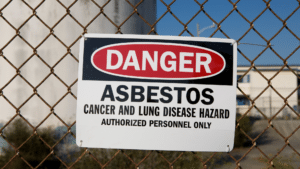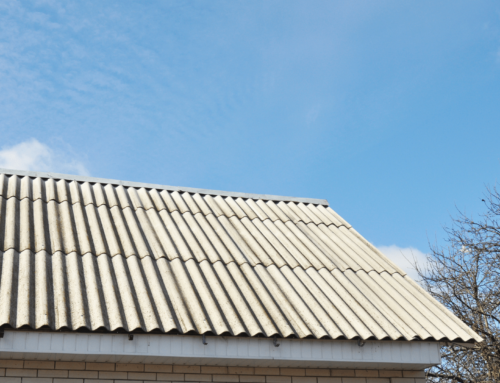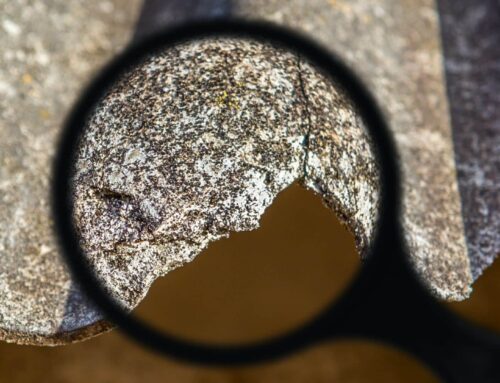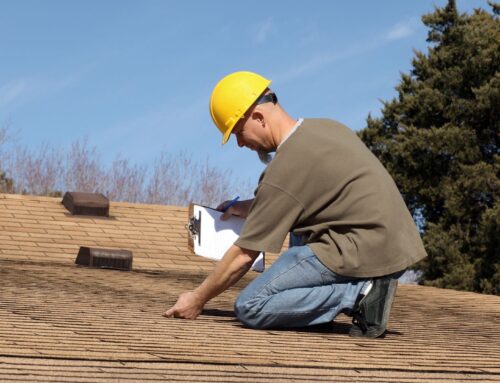Asbestos is a word that still sparks concern among homeowners, especially those living in older properties throughout Australia. But with so much information and misinformation floating around, it’s important to get to the bottom of one question: Is asbestos roof dangerous, and is its removal truly risky?
In this blog, we’ll unpack the facts, risks, and procedures surrounding asbestos roof removal, helping you understand why urgency and awareness matter when it comes to your health and your home.
The Hidden Danger Lurking in Your Roof: Why Asbestos Still Matters
Asbestos cement roofing was widely used across Australia until the late 1980s due to its fire-resistant properties and affordability. While it was once seen as a durable solution, we now know that these materials can deteriorate over time—especially when exposed to harsh environmental conditions like hail, rain, and strong winds.
A weathered or aging asbestos roof may seem intact, but what you can’t see are the microscopic fibres it could be releasing into the air. These fibres, when disturbed, can become airborne and dangerously easy to inhale. This is especially concerning in residential settings, where families are unknowingly living beneath contaminated roofing materials.
What Makes an Asbestos Roof So Dangerous? The Airborne Truth
Asbestos becomes truly dangerous when it is disturbed, whether by natural wear, accidental breakage, or through DIY renovations. The most hazardous form is friable asbestos, which crumbles easily and releases fibres into the surrounding air. These fibres are too small to be seen, and once airborne, they can remain suspended for long periods of time.

When inhaled, these fibres can travel deep into the lungs, where they may cause serious health conditions years—even decades—after exposure. The danger increases exponentially if roofing sheets are damaged, corrugated, or begin to degrade under pressure from the elements.
It’s important to understand: the risk isn’t just theoretical. It’s real, present, and potentially life-threatening.
Living Under Risk: The Shocking Health Effects of Asbestos Exposure
The most serious diseases linked to asbestos exposure include mesothelioma, asbestosis, and lung cancer. These are often occupational diseases affecting workers in industries like construction or manufacturing, but many cases have emerged from public exposure, especially from living under asbestos roofs.
Children, elderly individuals, and anyone with pre-existing respiratory conditions are particularly vulnerable. What makes these diseases even more concerning is their long latency period—some people may not experience symptoms until 20 to 30 years after exposure.
Research conducted across Brisbane, NSW, and other regions of Australia highlights the environmental and public health risks still posed by asbestos-containing roofing materials today.
Asbestos Removal vs. Replacement: What’s the Safer Move?
Many homeowners ask: “Should I remove the asbestos or leave it undisturbed?” While undisturbed, well-sealed asbestos poses a lower risk, removal or full replacement is often the most responsible solution—especially if the roof is deteriorating or damaged.
However, it must be done by licensed professionals. Improper removal can release large quantities of fibres into the air, increasing exposure risks for the homeowner, neighbours, and surrounding environment.
That’s where we at ICON Asbestos Roof Replacement come in. We offer complete asbestos roof removal and replacement services using modern, safe materials such as metal roofing. Our team follows strict safety procedures that comply with SafeWork guidelines, minimizing exposure risks during every step of the process.
How to Know If Your Roof Is a Threat: Signs, Testing & Next Steps
If your home was built before the 1990s and has a cement sheet roof, it may contain asbestos. Common warning signs include:
- Corrugated sheeting with visible damage
- Lichen or moss growth (which can cause breakage)
- Brittle, weathered, or discoloured roof materials
- No clear record of material replacement or testing
The first step is to arrange asbestos testing from a qualified professional. Never try to remove a sample yourself—doing so can cause immediate contamination.
Once identified, ICON Asbestos Roof Replacement can help guide you through a safe and professional assessment, offering practical solutions tailored to your home and location.
Think It’s Just Cement? Think Again—Why Old Roofing Can Be Toxic
A common misconception is that asbestos sheeting looks like “just cement” and is therefore harmless. In reality, many of these materials were made by mixing cement with up to 15% asbestos fibres, giving them strength and fire resistance.

But as the cement matrix breaks down over time, the embedded fibres begin to loosen. Factors like moisture, UV exposure, and even lichen growth can accelerate this breakdown, causing a once-sturdy roof to become a hazardous surface emitting invisible, harmful particles.
It’s not just the air you should worry about—soil and water can become contaminated when fibres wash off roofs and into gutters or storm drains.
Storm Damage, Hail or Renovation? Why Your Roof Might Be a Ticking Time Bomb
You don’t need to be actively renovating your home for an asbestos roof to become dangerous. Even natural events like hailstorms, high winds, or falling tree limbs can fracture or disturb asbestos sheeting.
In recent years, increased reports of damage from extreme weather have highlighted the risks of asbestos becoming exposed, airborne, or washed into the surrounding environment.
Homeowners who try to repaint, clean, or seal these roofs themselves may unknowingly release fibres into the air, putting themselves and their families at immediate risk.
Don’t Wait for a Crisis: Your Urgent Guide to Safe Asbestos Roof Removal
Delaying action can increase the risk of exposure not just for you, but for your entire neighbourhood. If you suspect your roof contains asbestos, or if it’s been exposed to storm damage or years of wear, don’t wait for a health scare or disaster to take action.
Instead, trust qualified professionals like ICON Asbestos Roof Replacement to:
- Conduct safe, comprehensive asbestos assessments
- Remove and dispose of hazardous roofing materials according to legal requirements
- Replace your roof with durable, modern alternatives
- Provide peace of mind through licensed, insured, and environmentally responsible services
We operate across Brisbane, NSW, and other regions of Australia with a commitment to safety, transparency, and public health.
Final Thoughts
Is asbestos roof dangerous? Without question. The risks are real—but they are manageable with the right information and action. Whether you’re buying an older property, living under a decades-old roof, or simply want to know more about your home’s safety, staying informed is the first step.
Protect your family, your community, and your future by acting early. Get in touch with ICON Asbestos Roof Replacement today for expert guidance and a safer tomorrow.




